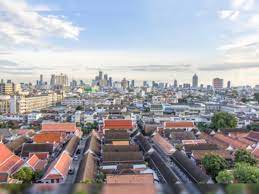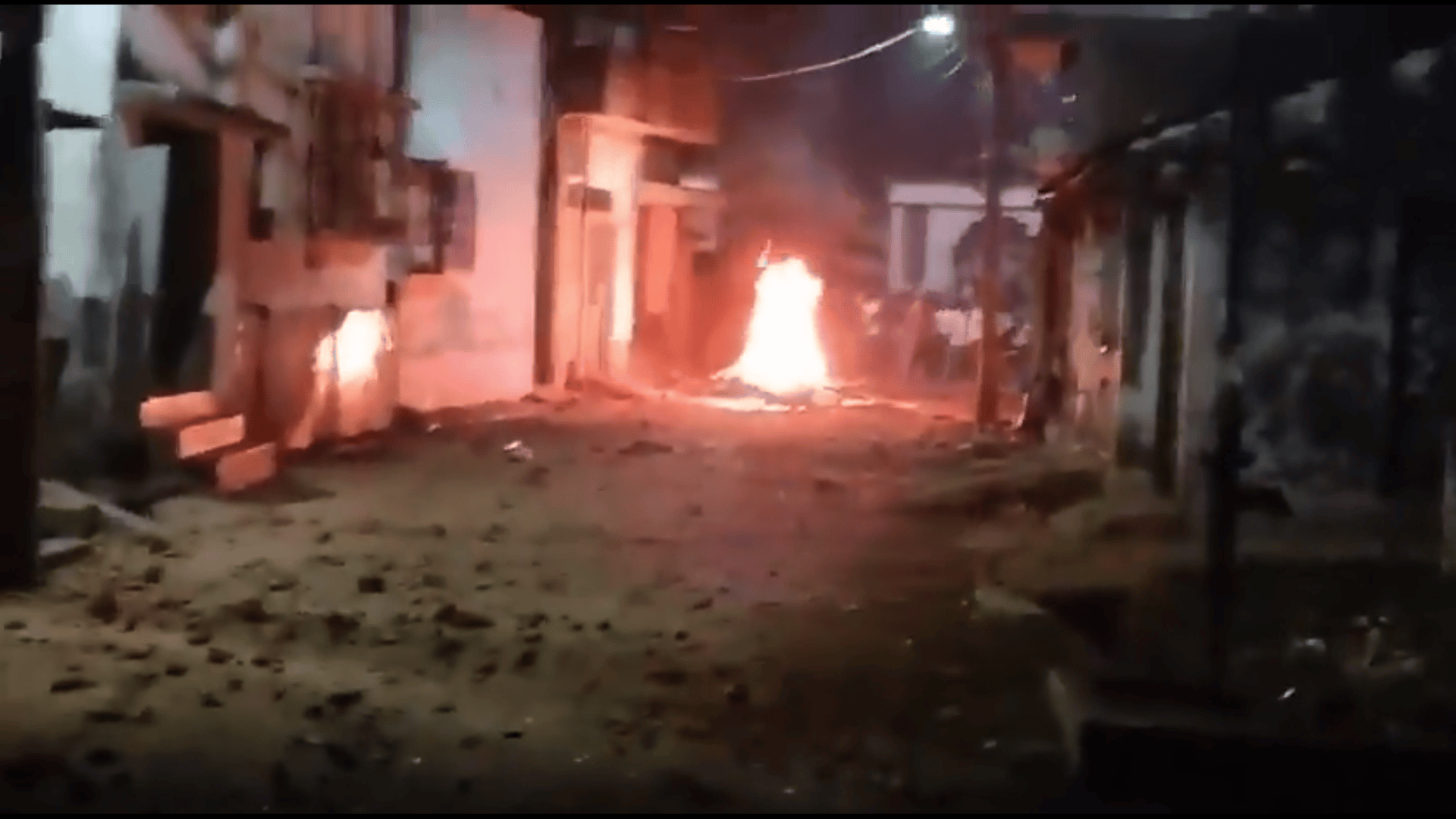
In some places land subsidence is 20cm a year. Sea level rises are around 0.5cm/year. The rate of land subsidence is therefore far above that of sea-level rise; in some places, by a factor of 40. The sinking land, combined with sea level rise, increases the flood risk of the city as a whole.
Flood events have dramatically increased over the past century. In 1892, only two flood events were recorded. By 1960 that had risen to five. By 2010 that had leapt to 10.This increase is not so much related to rainfall as the data for total monthly rainfall between 1860 2007 is flat. Jakarta’s increasing susceptibility to flood risk, therefore, cannot be attributed to climate change-induced changes in rainfall patterns.
Engineers and geoscientists have identified at least four factors as the cause of the sinking of Jakarta excessive extraction of groundwater; the increasing weight of buildings; compaction of the young sediment alluvial soils on which the city is built; and tectonic activities.
There is a clear correlation between groundwater extraction and subsidence. In 1879, there were 42 groundwater wells within the city, whereas in 1968 there were 352.This means that in 89 years, the number of groundwater wells increased three times.
However, by 1998, there were 3,626 registered groundwater wells in Jakarta 10 times as many.The city’s land subsidence has been a problem since the 1970s, in line with the period during which the total number of registered groundwater wells increased the most.
In terms of the weight of buildings, the built environment in Jakarta expanded horizontally with a sharp increase since the 1960s. From the 1770s to the 1960s, Jakarta’s modern-planned built area grew by only 17.7 percent.















